Earthquake Pipe
The effect of earthquake on buried pipelines is divided into two main categories of temporary land deformation due to the release of earthquake waves and permanent land deformation such as liquefaction, lateral extension and landslide. During design and routing of pipelines, geotechnical studies should identify the geological hazards associated with earthquakes, in order to select the most suitable route for pipelines.
The experience of extreme earthquakes in different parts of the world has indicated that composite pipes have the ability to function properly.
This appropriate behavior in the earthquake is due to the following three factors:
1- The considerable flexibility of the fiberglass pipes and the matching of the pipeline with temporary and permanent deformation of the earth during and after the earthquake.
2- High mechanical strength of the fiberglass pipes allows the pipes to tolerate stresses from the surrounding soil.
3- Joints of fiberglass pipes have a good functionality against earthquakes. The common REKA coupling joints with an axial tolerance of at least 0.3% length and a suitable deflection angle, can depreciate a significant portion of the deformations on the pipe. On the other hand, rigid joints such as glued coupling or lamination joints have the ability to attach pipes to create continuous operation in the pipeline and stress is tolerated by the pipe body.
Therefore, Faratec pipes could be designed for a variety of specific conditions.

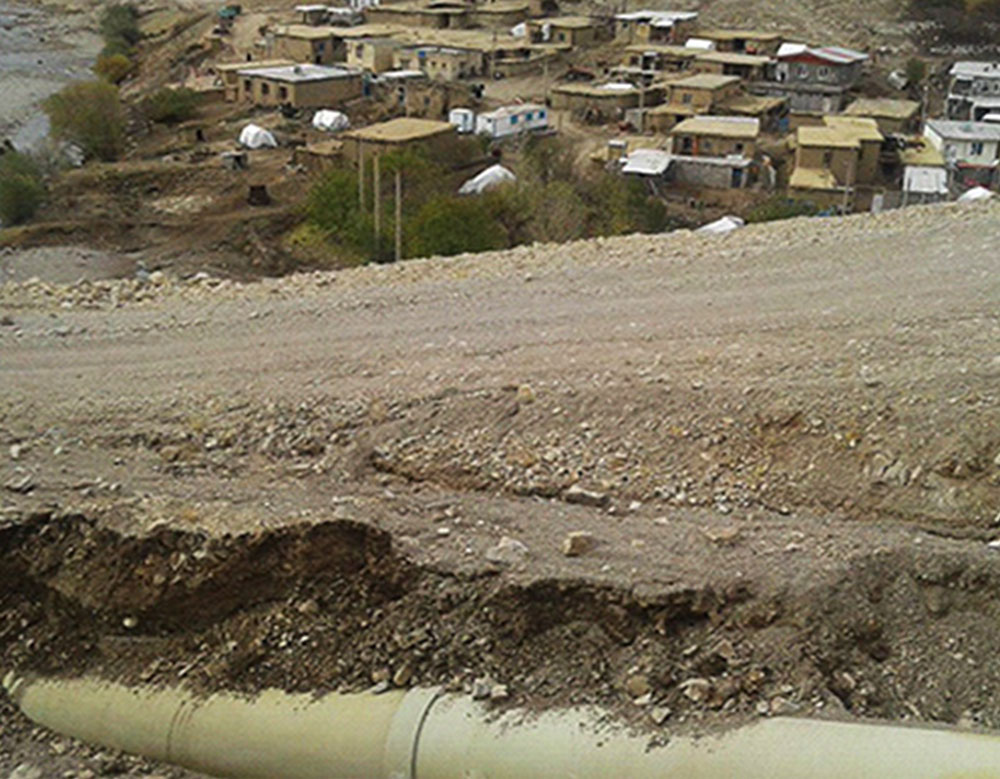
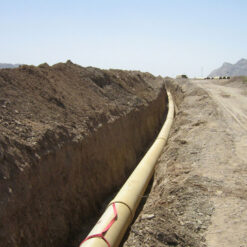
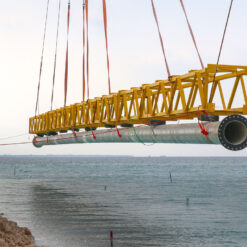
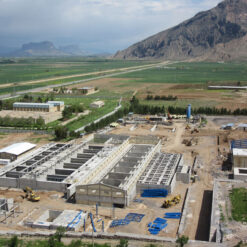
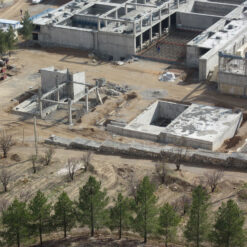
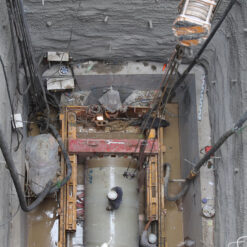
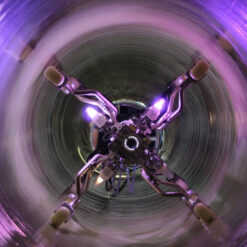
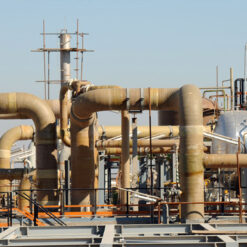
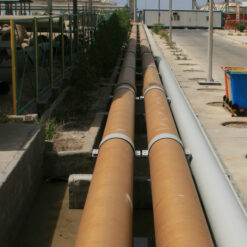
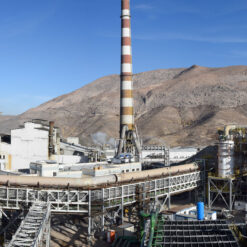
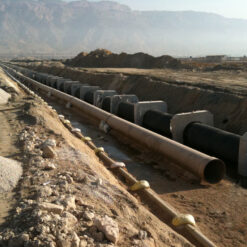
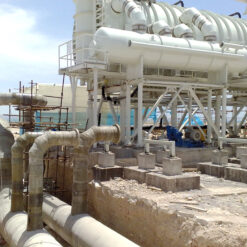
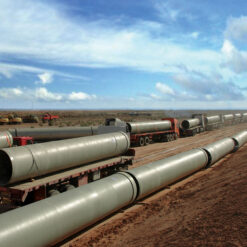
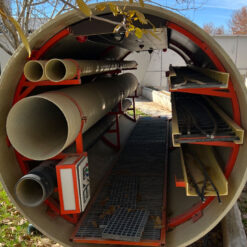
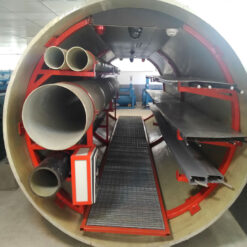
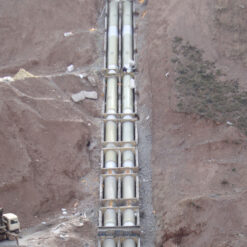
Reviews
There are no reviews yet.